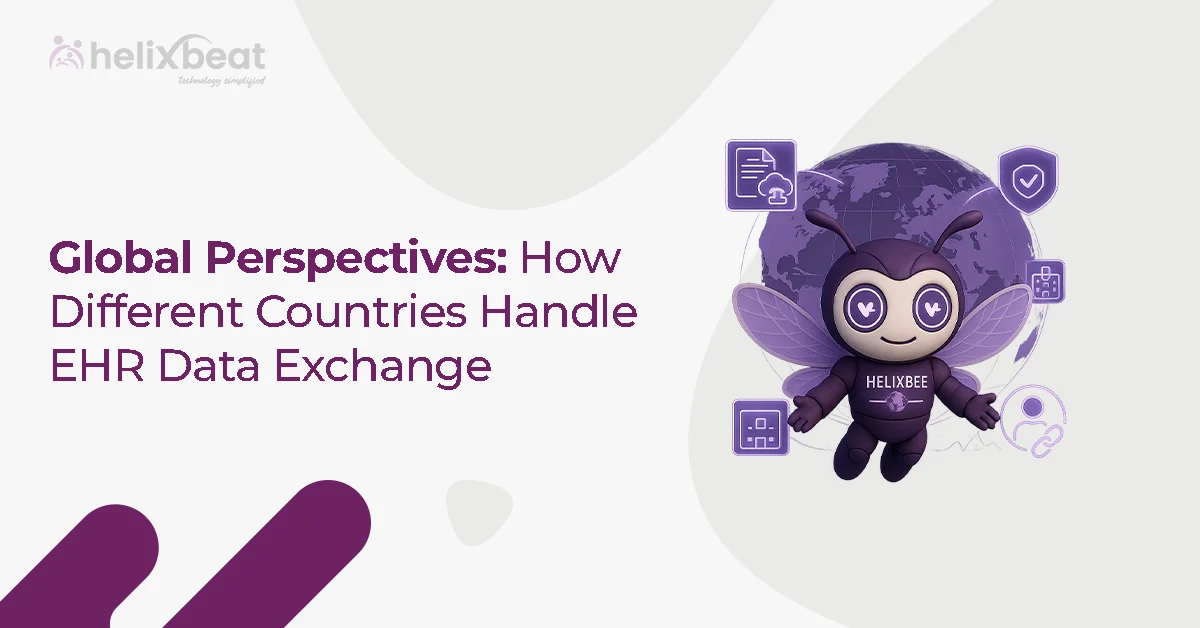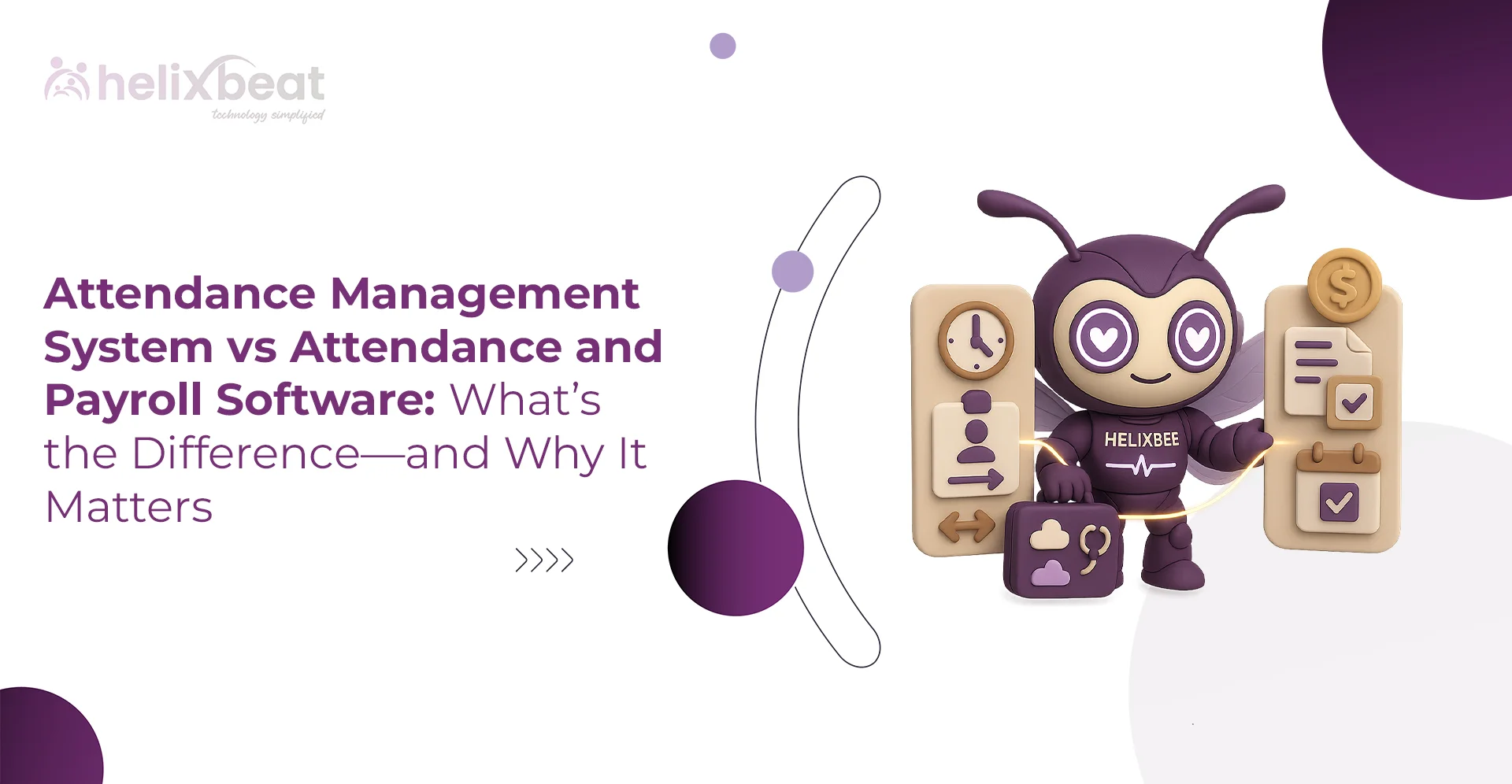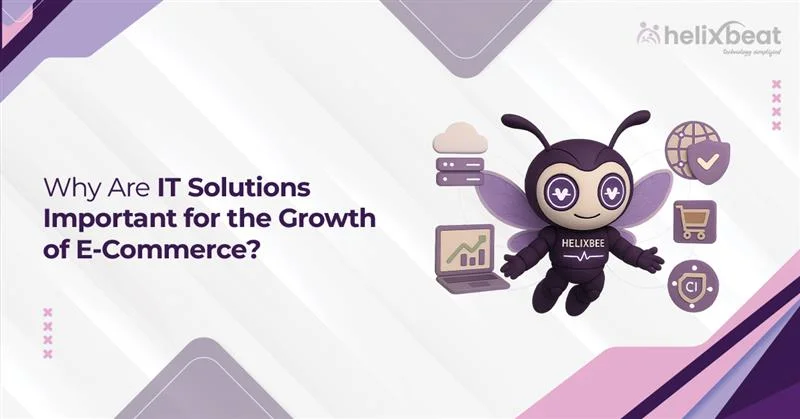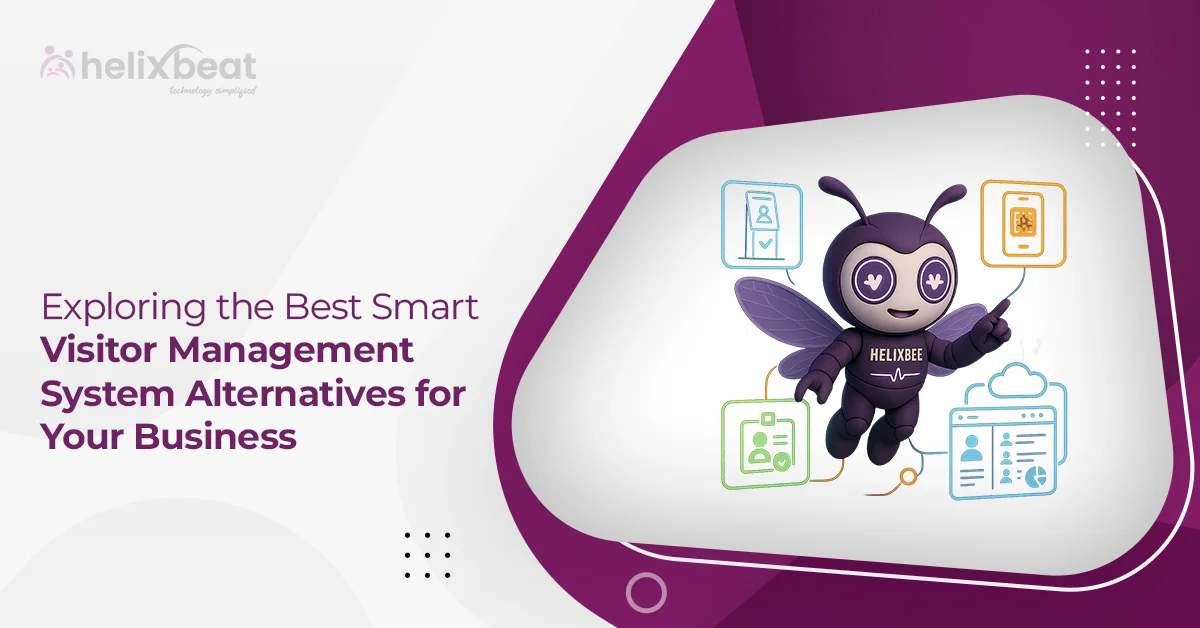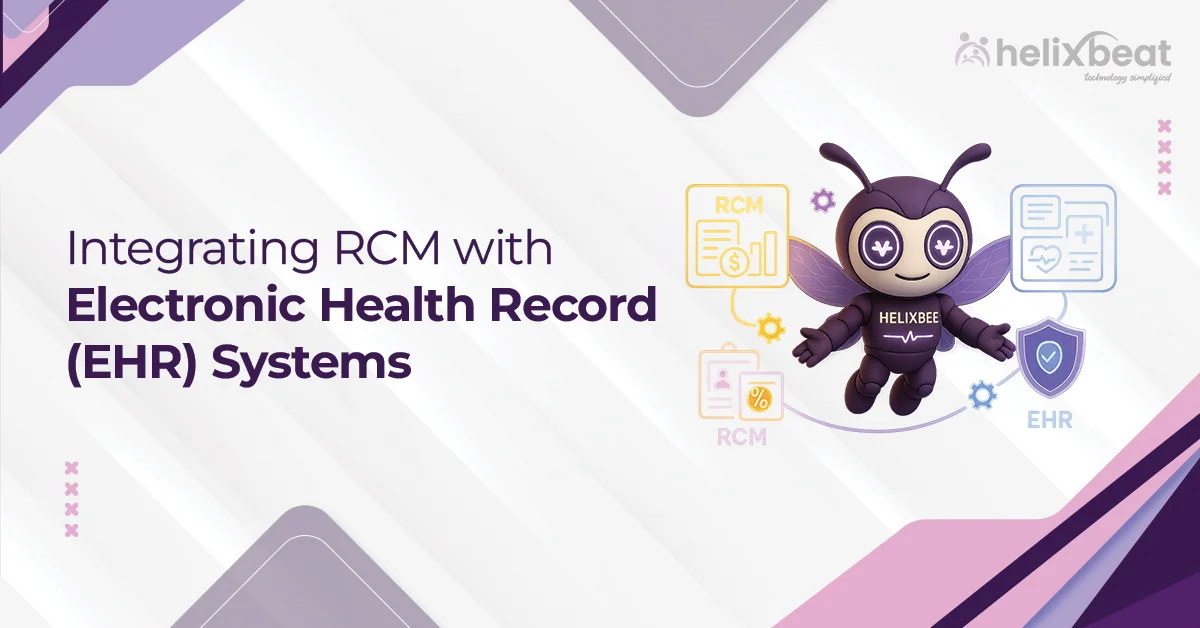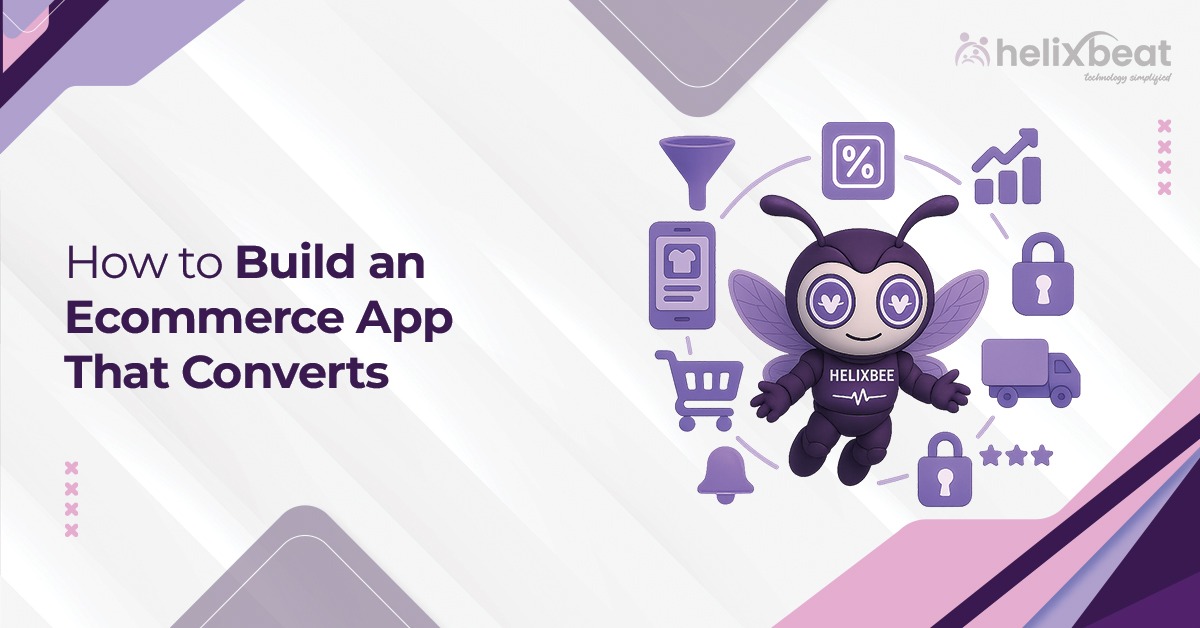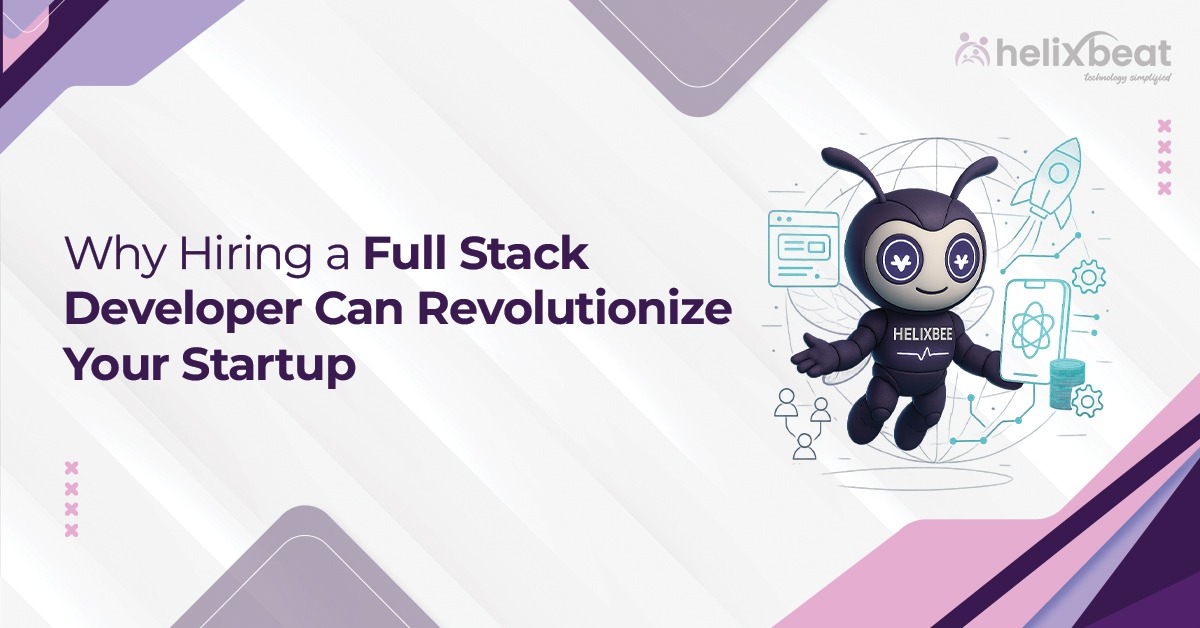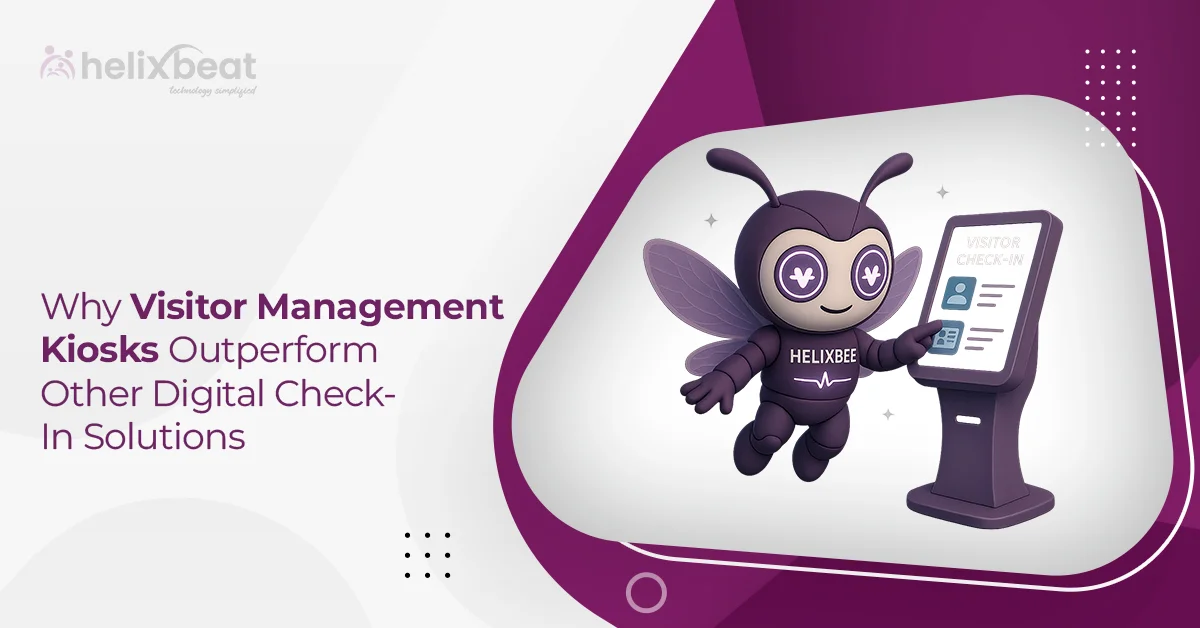Did you know that 86% of buyers are willing to pay more for a better customer experience, yet only a few companies consistently deliver it? In a fast-paced digital world, customer expectations are continually rising, and even minor service failures can significantly impact a company’s reputation.
Many businesses struggle to meet customer expectations due to slow responses and disconnected service. This often leads to unhappy customers and missed opportunities for growth.
That’s where customer experience transformation comes in. It’s not just about launching a chatbot or redesigning a user interface. It’s about utilizing digital tools such as automation, AI-driven personalization, and Enterprise Integration Services to craft seamless, meaningful customer journeys.
In this blog, we’ll show how smart businesses use technology to turn common customer problems into strong reasons for loyalty and how your business can do it too.

Table of Contents
Role of Customer Experience Transformation
Customer experience transformation plays a crucial role in enabling businesses to shift from reactive service models to proactive, personalized experiences that foster long-term customer loyalty.
1. Bridging the Gap Between Expectations and Delivery
Customers today expect quick, personalized, and seamless interactions across all touchpoints—be it on mobile, web, or in-store. Customer experience transformation helps businesses align their internal processes, technologies, and communication strategies to match these expectations. By analyzing pain points and streamlining customer journeys, brands can reduce friction and meet customers where they are—on their terms.
2. Increasing Engagement Through Data-Driven Personalization
One of the key drivers of customer satisfaction is personalization. Transformation initiatives leverage real-time data, behavioral insights, and automation tools to tailor experiences for each individual. Whether it’s product recommendations, proactive support, or personalized communication, businesses that invest in customer experience transformation can create more relevant, meaningful interactions that increase engagement and retention.
3. Enabling Seamless Operations with Enterprise Integration
Even the best tools fail when systems are siloed. Enterprise Integration Services play a vital role in connecting CRMs, ERPs, marketing platforms, and support tools to create a unified view of the customer. This back-end connectivity enables faster responses, consistent messaging, and improved decision-making, transforming fragmented operations into seamless, customer-centric ecosystems.
How Digital Tools Help to Improve Customer Relationships
Digital tools are transforming the way businesses interact with customers. They help deliver faster service, personalize interactions, and maintain consistent communication across all touchpoints. When used right, these tools turn casual buyers into loyal brand advocates.
Here’s how digital tools make a measurable impact:
- Real-Time Communication: Live chat, AI chatbots, and omnichannel messaging allow businesses to respond instantly, reducing wait times and enhancing customer satisfaction.
- Centralized Customer Data: CRMs consolidate a customer’s history, preferences, and interactions in one place, enabling teams to provide more personalized support and recommendations.
- Automated Follow-Ups: Automated emails, reminders, and feedback requests help maintain continuous engagement without manual intervention, keeping the relationship active.
- Predictive Analytics: Digital tools can forecast customer needs using behavior data, enabling proactive service that surprises and delights.
- Seamless Multi-Channel Experience: With integrated tools, customers can seamlessly move between platforms (app, website, phone) without repeating information, ensuring smooth and frustration-free interactions.
Common Challenges Businesses Face in the Digital World
1. Disconnected Systems Across Departments
As businesses grow, they often adopt multiple digital tools: CRMs, ERPs, marketing platforms, and support systems. But when these systems don’t integrate well, data stays in silos. This leads to a fragmented view of the customer, making it difficult to provide consistent service or make informed decisions.
Teams waste time searching for information, and customers experience unnecessary delays. 74% of consumers say they expect to be treated as individuals, not just account numbers.
2. Delayed or Inconsistent Responses
In a world of instant messaging and 24/7 access, customers expect quick answers. Without tools like live chat, AI assistants, or automated workflows, support teams can’t keep up with rising volumes.
This delay often leads to frustration, missed sales, or even negative reviews, especially when the same issue drags across multiple interactions. 75% of customers expect a response within five minutes of contacting a company.
3. Lack of Personalization in Customer Interactions
Today’s customers want more than just service; they want personalized service. Generic emails, irrelevant offers, or repeated questions signal that a company doesn’t truly know them.
Without leveraging customer data for personalization, businesses miss the chance to build trust and loyalty at every touchpoint. 80% of consumers are more likely to buy from brands that offer personalized experiences.
4. Too Much Data, Too Few Insights
Digital tools generate large amounts of data, but without the right analytics, it’s just noise. Many businesses struggle to extract meaningful insights from customer behavior, purchase patterns, or support history.
This creates missed opportunities in targeting, retention, and product development. Only 24% of companies say they are data-driven in their decision-making.
5. Inconsistent Experiences Across Channels
A customer might begin an interaction on a website, follow up over email, and expect seamless support via phone, but if those channels aren’t connected, the experience feels disjointed.
Inconsistency not only frustrates users but also damages the brand’s reputation for reliability. 90% of consumers expect consistent interactions across channels.
Advantages of Using Enterprise Integration Services for Businesses
In the modern environment, businesses rely on multiple systems to manage operations, customer data, and communication. However, when these systems operate independently, they create delays, errors, and missed opportunities. Enterprise Integration Services help connect these systems, enabling smooth data flow and unified operations.
Here are four key advantages of using enterprise integration:
1. Complete Customer Visibility
Integrating systems like CRM, support, and sales platforms provides a 360-degree view of each customer, allowing businesses to deliver personalized and consistent service. This unified view helps teams anticipate customer needs and respond proactively, improving overall satisfaction and loyalty.
2. Streamlined Operations
Automation between platforms eliminates repetitive manual tasks, reduces errors, and speeds up workflows, increasing internal efficiency across teams. As a result, employees can focus more on strategic work instead of time-consuming admin tasks.
3. Smarter Business Decisions
Real-time data sharing enables faster, more accurate insights and reporting, helping leaders make data-driven decisions with confidence. Access to integrated analytics reduces guesswork and empowers teams to act on trends quickly.
4. Better Customer Experience
Connected systems enable faster response times, consistent messaging, and fewer handoffs, resulting in higher customer satisfaction and stronger brand loyalty. When customers experience smooth service across every touchpoint, it builds trust and long-term relationships.
Real Example of How a Business Moved from Frustration to Loyalty
A growing online retail company was facing many problems. Customers were unhappy because they didn’t get timely updates about their orders. When they reached out for help, they had to explain the same issue multiple times to different support agents.
This happened because the company’s systems, like sales, support, and inventory, were not connected. Even though they had good tools, those tools didn’t work well together, and it caused delays and confusion for both customers and staff.
To address this issue, the company decided to enhance its customer experience through Enterprise Integration Services. They connected all their tools, so customer information was available in one place. They also added features like automatic order updates and a single support platform.
After this change, support response times became faster, and more customers began returning to shop again. Overall, the company transformed a frustrating experience into a smooth one, ultimately building stronger customer loyalty.
Why Helixbeat Is the Best Choice for Enterprise Integration Services
When it comes to enterprise integration, choosing the right partner is critical and that’s where Helixbeat stands out. We create a unified digital ecosystem customised to your business goals. Whether you use legacy systems, modern SaaS tools, or a mix of both, Helixbeat make sures smooth data flow and real-time visibility across all departments.
What makes us different?
- Built for scalability, speed, and security to support your growing business needs
- Pre-built connectors that make system integration faster and smoother
- ️ Low-code customization options to reduce complexity and development time
- Powerful APIs that allow seamless data flow between platforms
With Helixbeat, businesses don’t just integrate, they transform. You gain operational efficiency, deeper insights, and the ability to deliver consistent, high-quality experiences across every channel.
Want to simplify your systems and improve customer satisfaction? Book a free integration consultation with Helixbeat now.
FAQ:
1. What are the four stages of the customer experience journey?
The journey includes four stages: Awareness, when the customer first learns about your brand; Consideration, when they compare options; Purchase, when they decide to buy; and Post-Purchase, when they use the product and build loyalty.
2. What is customer experience transformation?
Customer experience transformation is the process of using digital tools, data, and integrated systems to improve how customers interact with your brand. It involves rethinking workflows, touchpoints, and communication to deliver faster, more personalized, and consistent service, turning frustration into loyalty.
3. What is the EIP platform?
EIP stands for Enterprise Integration Platform. It’s a software solution that connects different business systems, like CRMs, ERPs, and support tools, so they can share data and work together seamlessly. An EIP helps companies streamline operations and provide a better customer experience.
4. What is the ERP integration service?
ERP integration service connects your Enterprise Resource Planning (ERP) system with other software such as CRM, eCommerce, HR, or finance tools. This allows data to move automatically between systems, reducing manual work and enabling accurate, real-time insights across your business.
5. What are the six measures of customer experience?
The six key measures are: Customer Satisfaction (CSAT), Net Promoter Score (NPS), Customer Effort Score (CES), Retention Rate, Churn Rate, and Customer Lifetime Value (CLV). These metrics help track customer happiness, loyalty, and long-term value.






